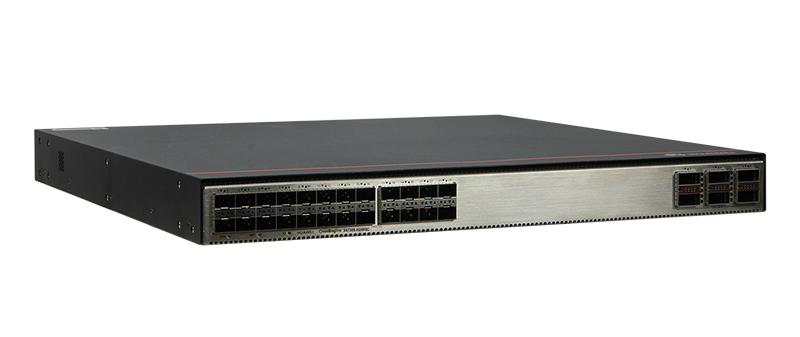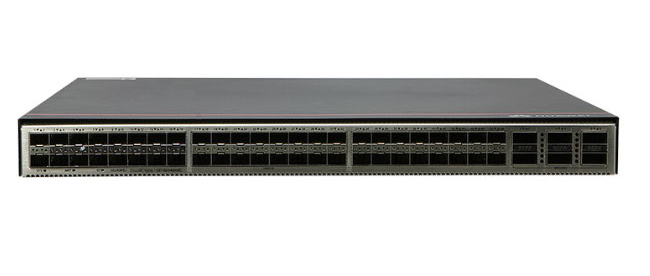































When you think of Fedora, Red Hat's community Linux distribution, you think of Linux's cutting edge. Everything is the newest version. If some of that isn't ready for prime time yet, well, you could always get a more mature Linux distro. But with the latest Fedora Linux 35, you also get a more polished Linux that extends, in the words of Fedora Project Leader Matthew Miller, "existing features and [adds] new features or support to level up the experience of using Fedora Linux."
Want a good tech job? Then you need to know Linux and open-source software. One of the best ways to learn is via a Linux Foundation course.
Read nowLike what? Well for starters, the Fedora 35 Workstation Beta includes GNOME 41, the latest GNOME desktop environment (DE). This includes a revamped software application that makes it easier to find and install the tools you need.
Fedora's third-party repositories also include improved access to Flatpak Linux application installer support and the Flathub ready-to-run application store. This makes installing apps like Zoom, Minecraft, or Bitwarden via GNOME Software completely transparent. Unless a user looks closely, they'll never know they're running an application running in a Flatpak container instead of natively on Fedora.
The Fedora GNOME desktop also includes power profiles. These make it easier to choose between system performance or battery life.
Don't like GNOME? No problem. Fedora also comes with numerous desktop spins. These include KDE, Xfce, MATE, Cinnamon, and many Linux DE out there. It also comes in the new Fedora Kinoite spin. This Fedora Silverblue is an immutable desktop. In other words, instead of patching it when there are new program updates, you replace the entire operating system. The KDE Plasma desktop-based Kinoite does this with RPM-OStree and containers.
There's more to Fedora than just a desktop. For example, starting with Fedora 35, Fedora will provide Fedora 35 Cloud images with hybrid BIOS+UEFI boot support. This means whether your cloud servers use legacy BIOS or UEFI, you'll be able to boot and run your server images.
Following up on Fedora 34, which made Btrfs Fedora Workstation's default file system, Fedora Cloud images will use Btrfs as its default as well.
No matter what you use Fedora for, or what spin you run, there are significant updates to the Linux kernel, system libraries, and more. For instance, software packagers can now use GCC or Clang/LLVM to build their program package. This updated distro also uses the Linux 5.14 kernel.
Another hidden, but significant, change in Fedora is it now supports DNS over TLS. This means, when using DNS servers that support TLS, your network will be more secure and you'll be better protected against some Denial of Service (DoS) attacks.
And, of course, Fedora 35 comes with the usual system utilities, developer tools, and language updates This includes the new D-Bus firewall firewalld 1.0.0; LLVM 13, a GNU toolchain update; Python 3.10; and many others.
You can download Fedora 35 today to see if it meets your needs. Before starting Fedora 35 up, be certain to check out the current Fedora bug list. The final release is expected at the end of October.
Related Stories:
 Горячие метки:
По вопросам бизнеса
Программное обеспечение предприятия
Горячие метки:
По вопросам бизнеса
Программное обеспечение предприятия